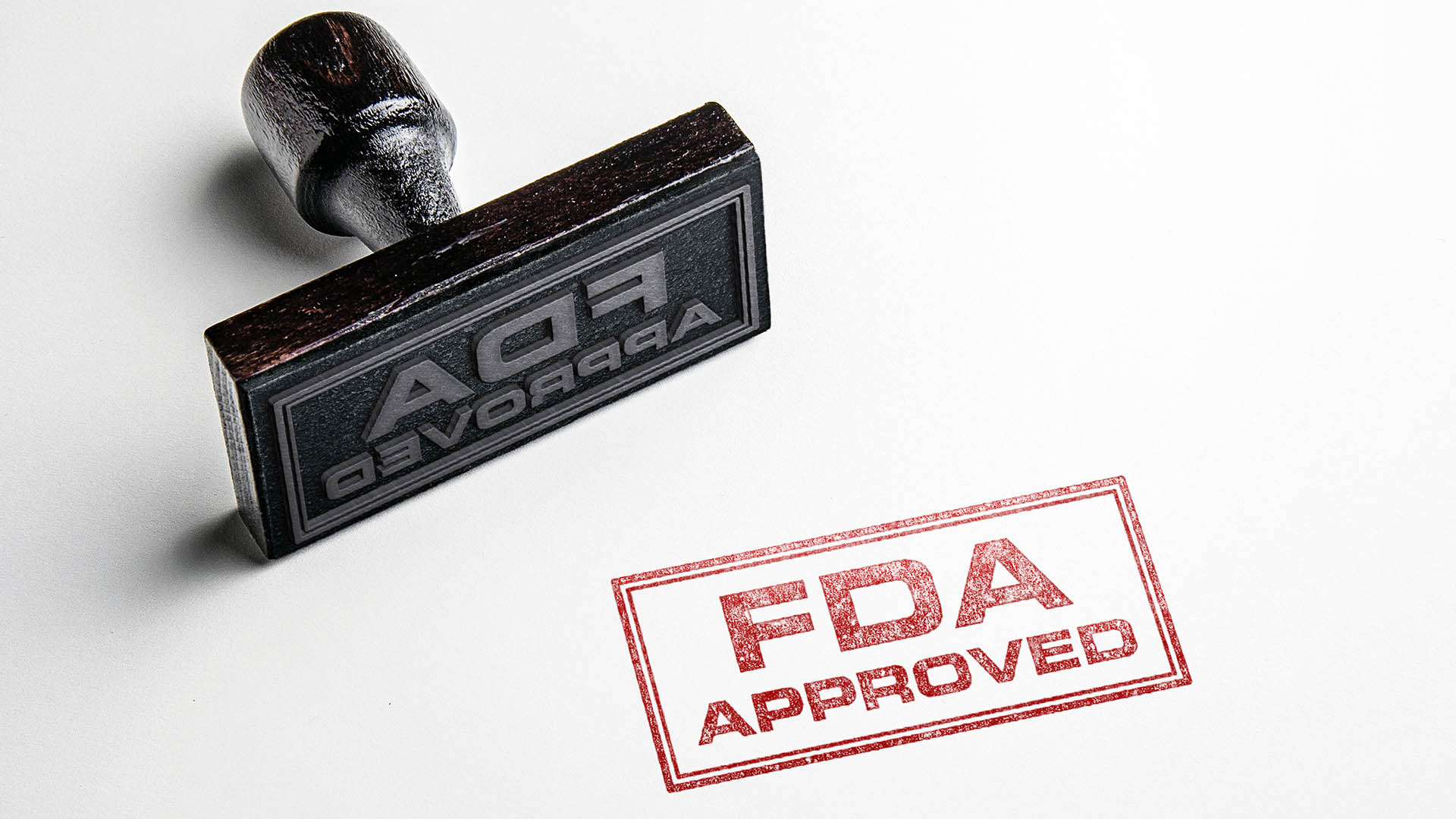
Inflation will dominate the week here in Australia.
The June quarter Consumer Price Index will come in well over 4%, with the Reserve Bank’s own measures possibly closer to 5% after their 4.4% rise in the March quarter, when headline inflation hit an annual rate of 4.2%.
The quarterly rise will be above 1%, with the Reserve Bank estimating that will include a boost of 0.25% from higher petrol prices.
Economists expect the headline CPI, the key measure of inflation, to record a rise of 1.3% in the June quarter for an annual pace of 4.3%.
The headline CPI rose 1.3% in the March quarter, for that annual rate of 4.2% – its fastest pace since 1995, if the GST-based increase in 2000-01 is excluded.
We will join Britain (3.8%), Europe (3.7%) and the US (5.0%) in recording nasty and worrying rise in cost pressures.
Inflation in China eased to a still worrying annual rate of 7.1% last month and it’s running at similar levels or worse in India and other emerging economies. Even in Japan it’s rising strongly and is forecast to top 2% by year’s end, which would be highest rate for 20 years or more.
But whatever the increase here, there won’t be any move to lift interest rates. The RBA believes there has been enough tightening with the Bank’s 1% increase in the cash rate since August, a further 0.50% or more from the banks, and higher oil and petrol prices.
The Australian Bureau of Statistics (ABS) releases the June quarter CPI data on Wednesday.
The ABS also releases the June quarter’s producer price indices later today.
But despite the expected high inflation figures in both reports, there won’t be an interest rate rise.
The RBA has made it clear it will watch and wait to see how much the economy is slowed by the slowing pace of activity domestically and from an expected rise in unemployment.
Last week’s release of the minutes for the Reserve Bank board meeting on July 1, and then a detailed speech on inflation a day later by reserve Bank Governor, Glenn Stevens, made clear the RBA’s stance was no rate rise, and wait and see.
The main culprit driving inflation is the soaring cost of fuel, after the crude oil price jumped from about $US101 a barrel at start of April to $US147 a barrel at the end of June.
For motorists, this has translated to an increase of about 20c per litre at the petrol bowser.
But it could have been worse.
Friday’s release of international import and export price indices clearly shows how the strong Australian dollar has cushioned the surge in oil costs in this country in the June quarter and in the 2007-08 financial year.
The June quarter export and import price indices clearly show how the strong currency has helped protect us from bowser shock.
Many Australians moan about how fuel costs have risen: they have, there’s no denying it, but they have for everyone, not just people with loud, whining voices, or politicians or motorist organisations on the make.
But many Australians, while they moan, don’t seem to understand how well off we are, relative to the US and Europe where the impact from higher petrol costs has been so dramatic.
In the US they are being hit by surging petrol costs made much higher by a weak currency.
The ABS stats show that in the year June to June the import price index for petroleum products jumped 50.5% and 15.9% in the June quarter alone.
But because of the strength of the dollar, which rose from around 85-88 USc in July of last year to around 95-97 USc last month. The dollar finished around 97 US cents at the weekend.
Oil prices rose from less than $US60 a barrel a year ago, to a high of more than $US141 a barrel late last month (and has since gone on to more than $US147 a barrel last week, before dropping this week to around $US130 a barrel).
It’s been the strength of the dollar which has stopped us feeling the full extent of that huge rise in oil costs in our wallets and petrol tanks. It has cushioned the shock in a way that neither the Federal Government nor the Opposition could ever hope to achieve.
It’s also why the overall export price index for the 2007-08 year rose just 3.5%, and 1.4% in the June quarter.
The dollar held back the value of our exports, especially surging resources such as copper, coal, iron ore and oil and gas.
But the rapid rise in many commodity prices (such as oil, coal and iron ore) saw our export price index jump 13.5% in the June quarter, as higher prices for oil, coal and iron ore had an impact) and by 13.3% over the full year.
This is what the phrase "terms of trade" is all about.
An interesting footnote: because of higher rural commodity prices such as wheat, beef, corn and soybeans, especially in the last six months, the export price index for Australia’s exports of food and live animals jumped 28.9% in the year to June.
We continue to be beneficiaries of the record prices for oil, petrol, food and other commodities that we also complain about.
That’s something to keep in mind.













